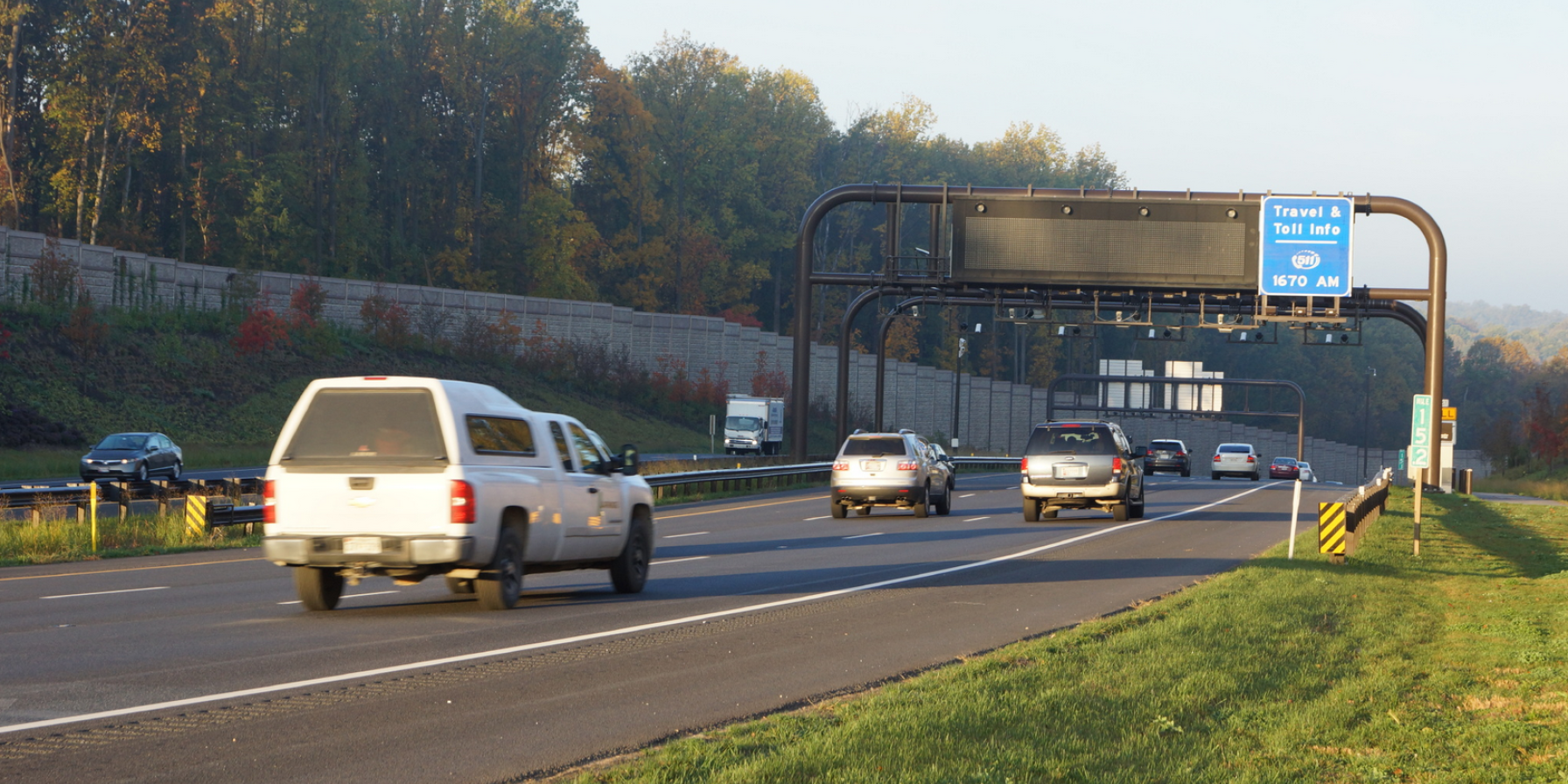- Home
- IBTTA Insights
- Rating Agencies See Tolling on the Rise
Stories
Rating Agencies See Tolling on the Rise


With federal and state funding capacity falling short, at least one major player on the U.S. infrastructure finance scene is pointing to toll roads as a way to pay for much of the surface transportation the country needs.
Moody’s Investors Service, a leading bond agency that rates about $120 billion in debt across 52 U.S. toll roads, “projects more toll roads and increased tolling in areas with existing traffic congestion and growing economies, population, and per capita income,” ForConstructionPros.com reported late last month.
“In light of stagnant federal funding and limited capacity for states to increase spending, toll roads will play an increasing role in addressing the funding gap for road and bridge infrastructure,” the site noted, citing a recent Moody’s study.
A Careful, Gradual Approach
One of the strengths that bond rating agencies bring to their work and ours is that they are not early adopters.
When a newfangled concept like managed lanes makes an appearance, or a very oldfangled concept updates itself with a technology like all-electronic tolling, a company like Moody’s isn’t out there cheerleading. Nor should they be.
Their job is to observe carefully, listen closely, assess financial viability, anticipate potential pitfalls, watch an entity’s performance over time…and slowly, gradually, form an opinion based on the evidence they accumulate.
For agency executives who just want to get their projects built, it can be an agonizingly slow process. But it means that when a rating agency expresses an opinion, it carries a lot of authority.
And that’s what happened when Moody’s Senior Vice President Maria Matesanz talked to ForConstructionPros.com last month.
More Tolling on the Horizon
In spite of two different $1-trillion infrastructure plans being discussed, one from the White House and the other from Senate Democrats, “we expect no significant increase in federal funding given the recent lack of political will and the depleted state of the federal Highway Trust Fund," said Matesanz, a frequent panelist at IBTTA conferences. And that means tolling is likely to be the revenue option of choice in communities that can support it.
"Most of the new toll roads built since 2005 have been in areas with rapid population and employment growth where congestion already exists," she explained. "For Moody's rated toll roads, southern and western states account for nearly 81% of the total new toll road mileage built since 2005."
Even when states opt for public-private partnerships, ForConstructionPros.com noted, “a dedicated revenue stream would still be needed to encourage and support private investment.”
As usual, there’s nothing here to suggest that tolling is a silver bullet to fund every transportation need. But with toll revenues rising 8.5% from 2014 to 2015, compared to only 6.4% for state fuel taxes and motor vehicle revenues, an essential tool in the funding toolbox keeps gaining ground.
If agencies like Moody’s, Fitch Rating and Standard & Poor’s are all saying the conditions are right, it must be so.
Get the latest buzz on the technologies that make tolling a practical option for highway finance. Register today for the IBTTA-TRB Joint Symposium on AET and Managed Lanes, July 16-18, 2017 in Dallas, TX.

Joining IBTTA connects you to a global community of transportation professionals, offering unmatched opportunities for networking, knowledge-sharing, and collaborative innovation in the tolling and transportation sector.
Follow IBTTA on social media for real-time updates on transportation trends and collaborative opportunities.





